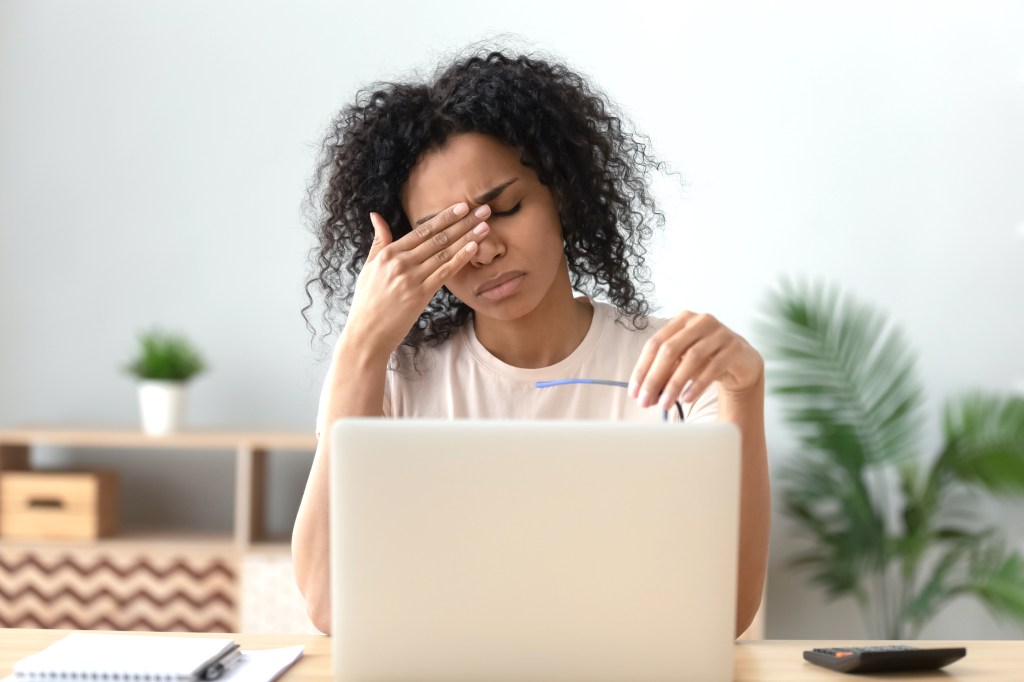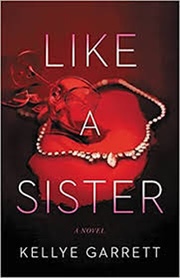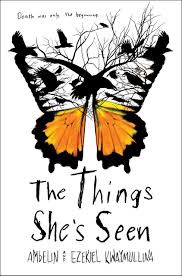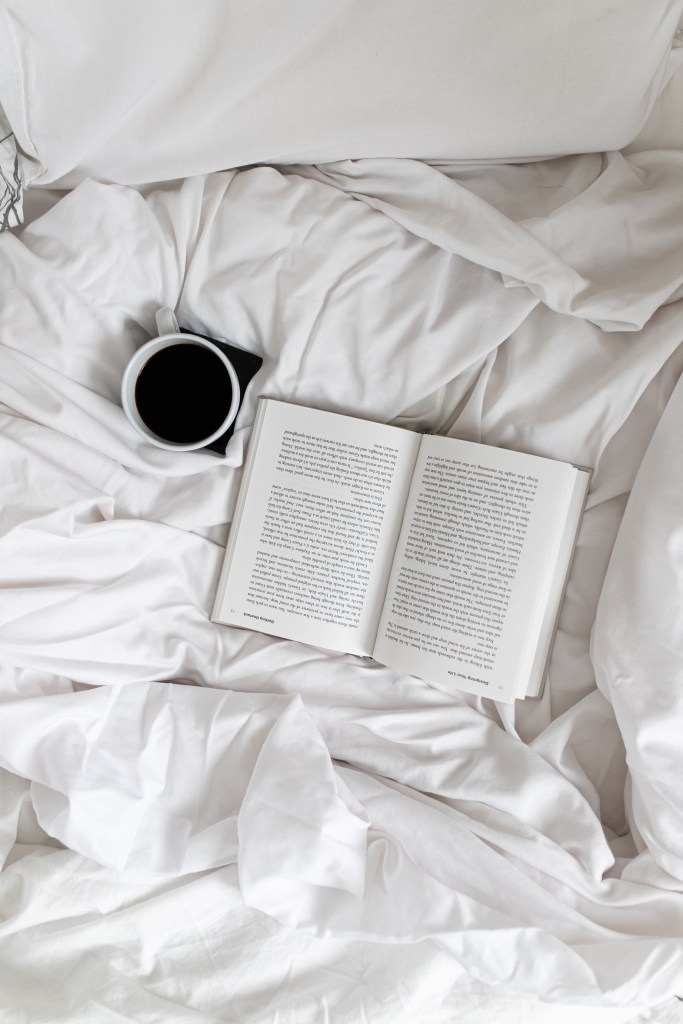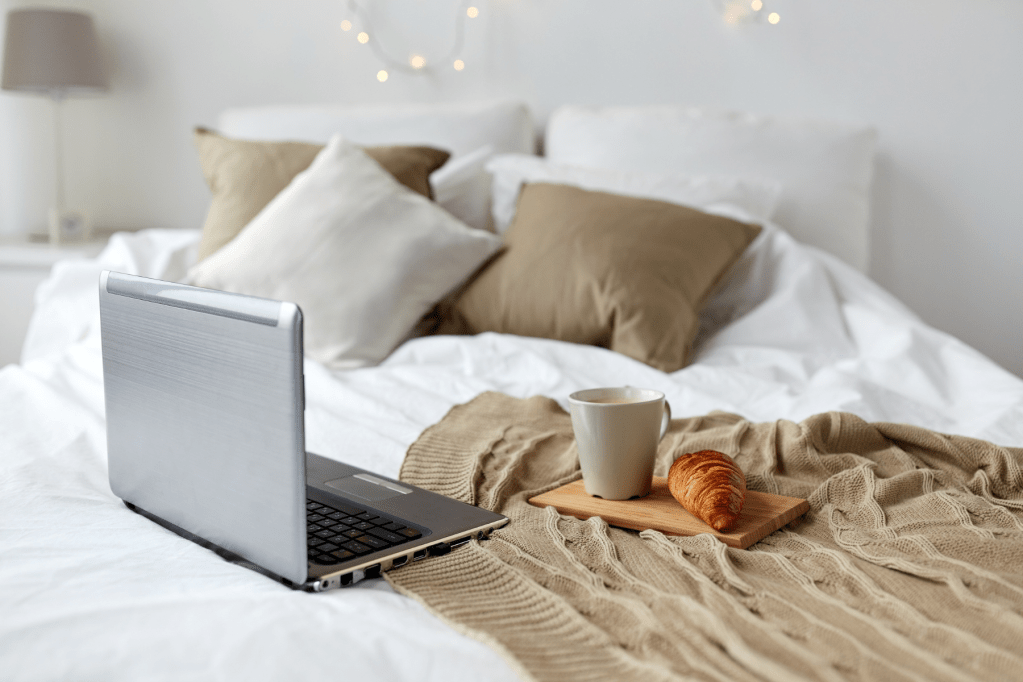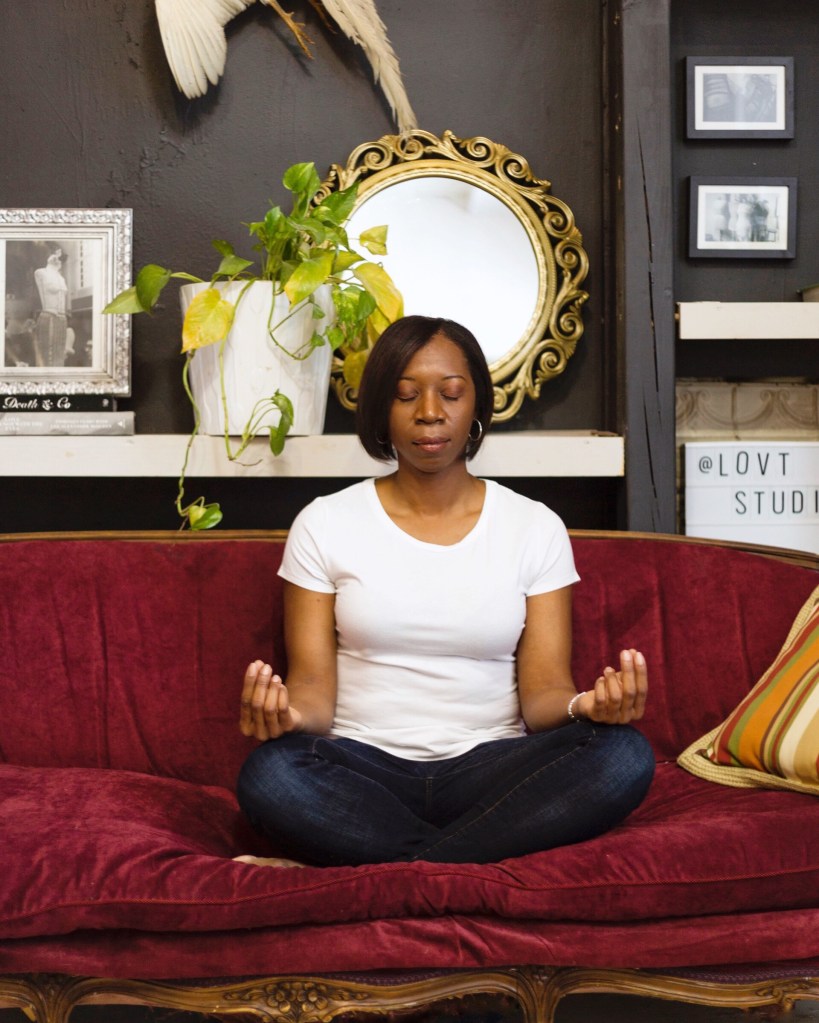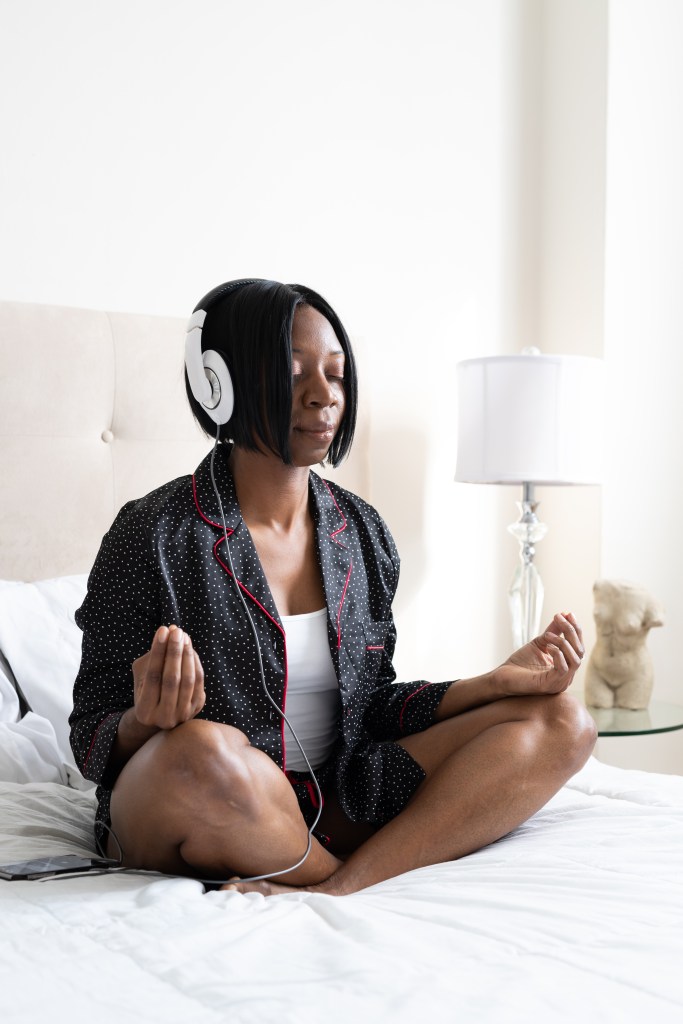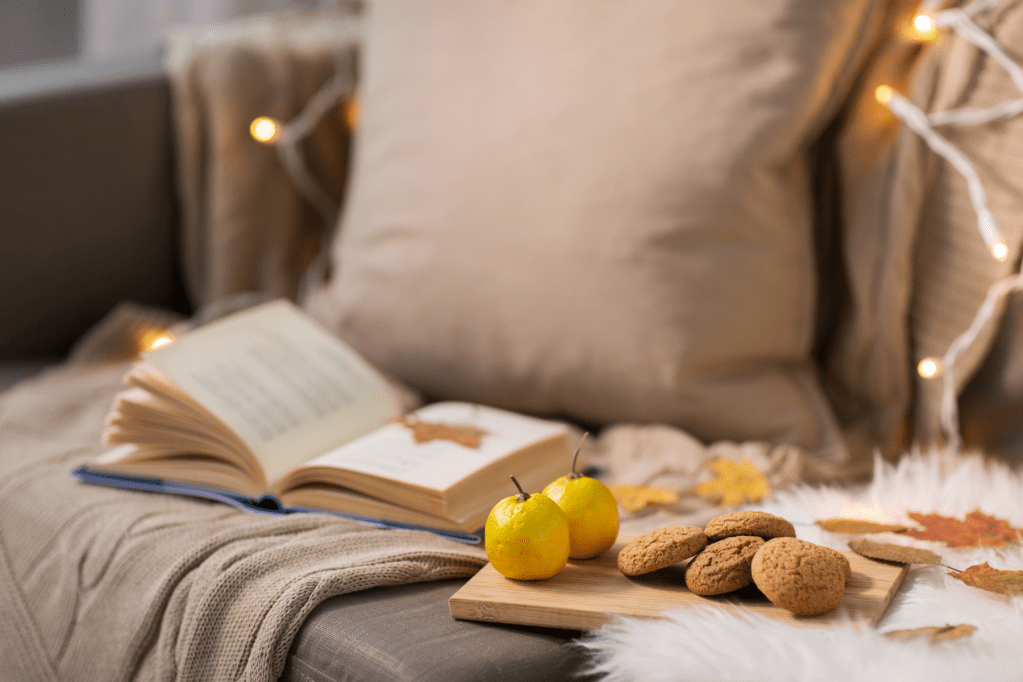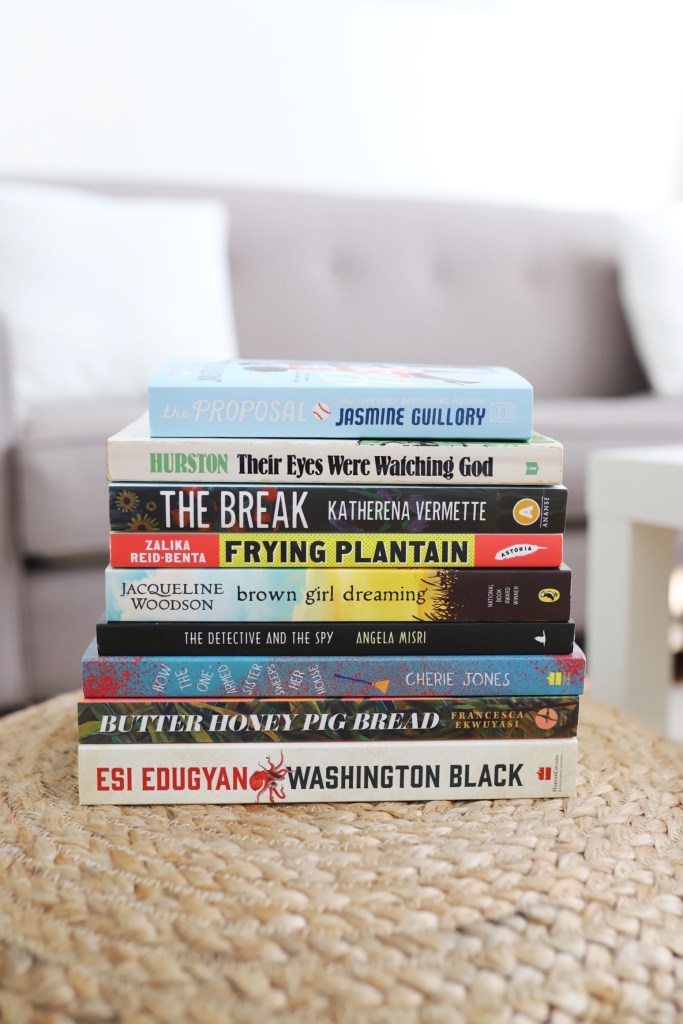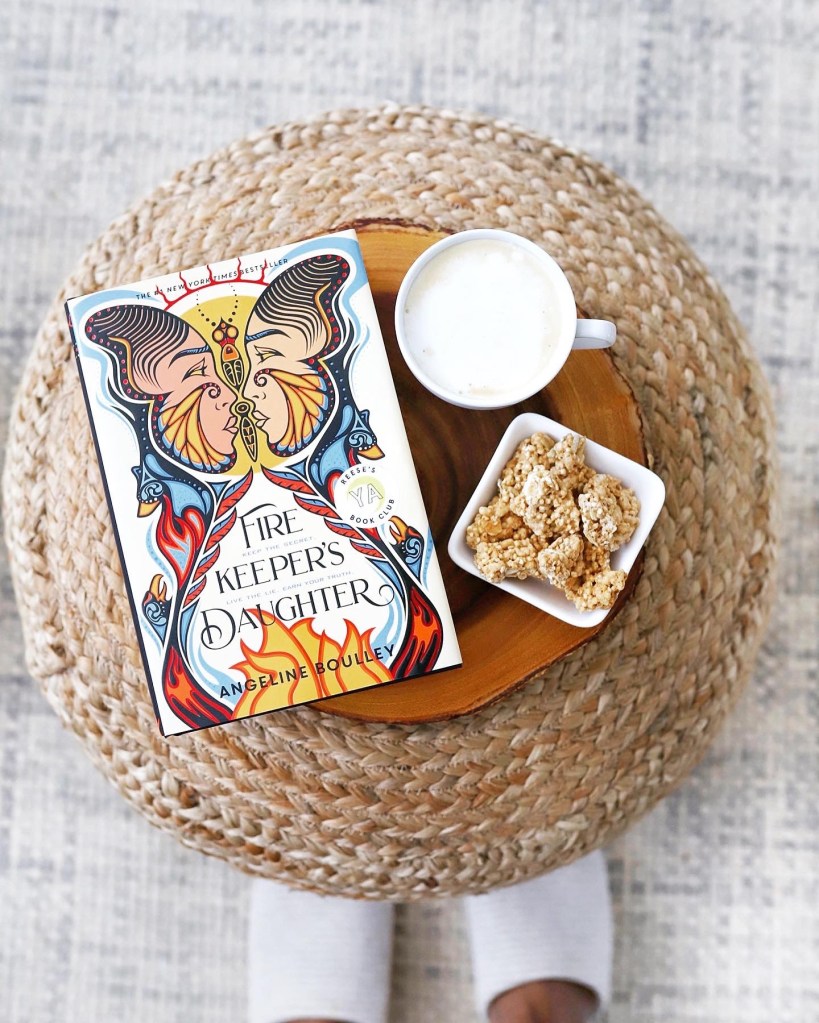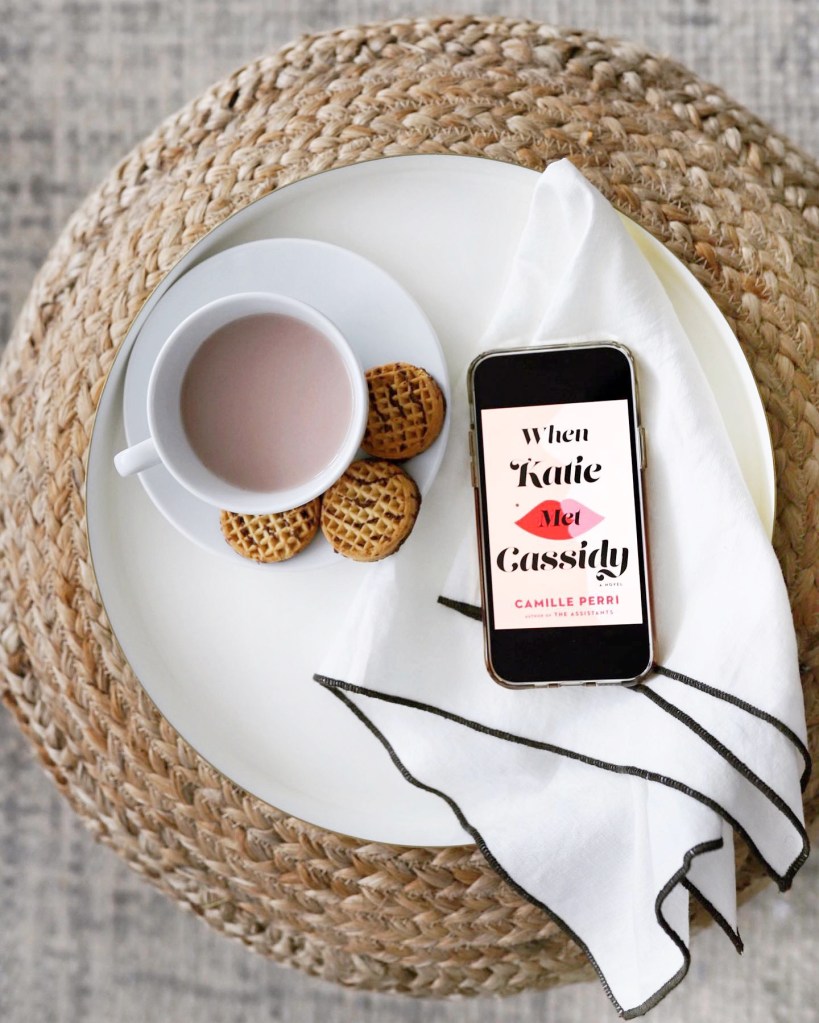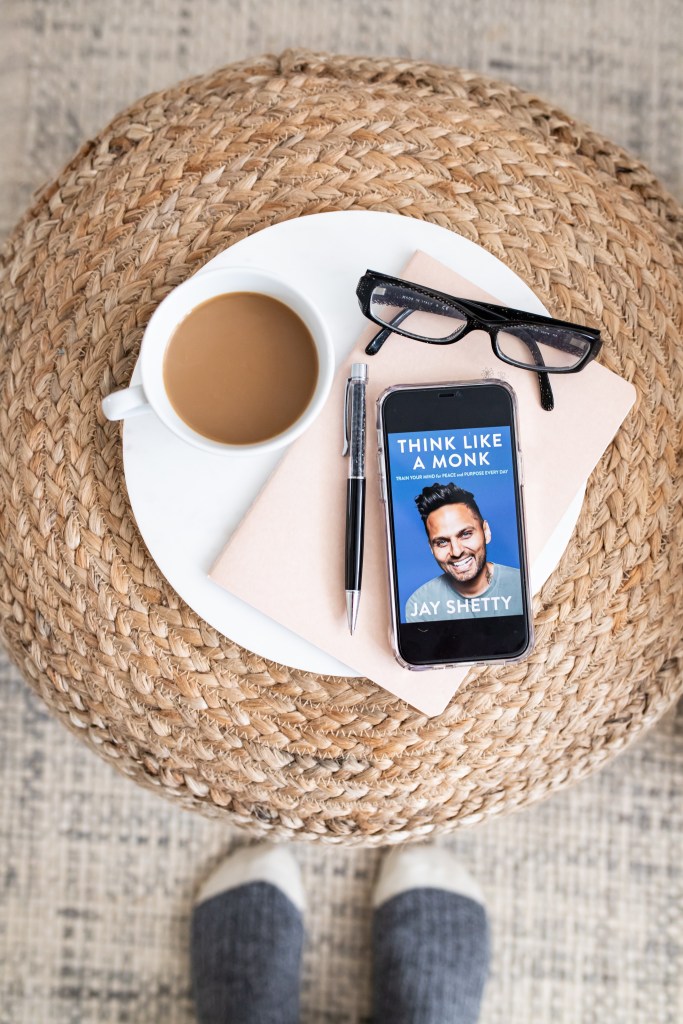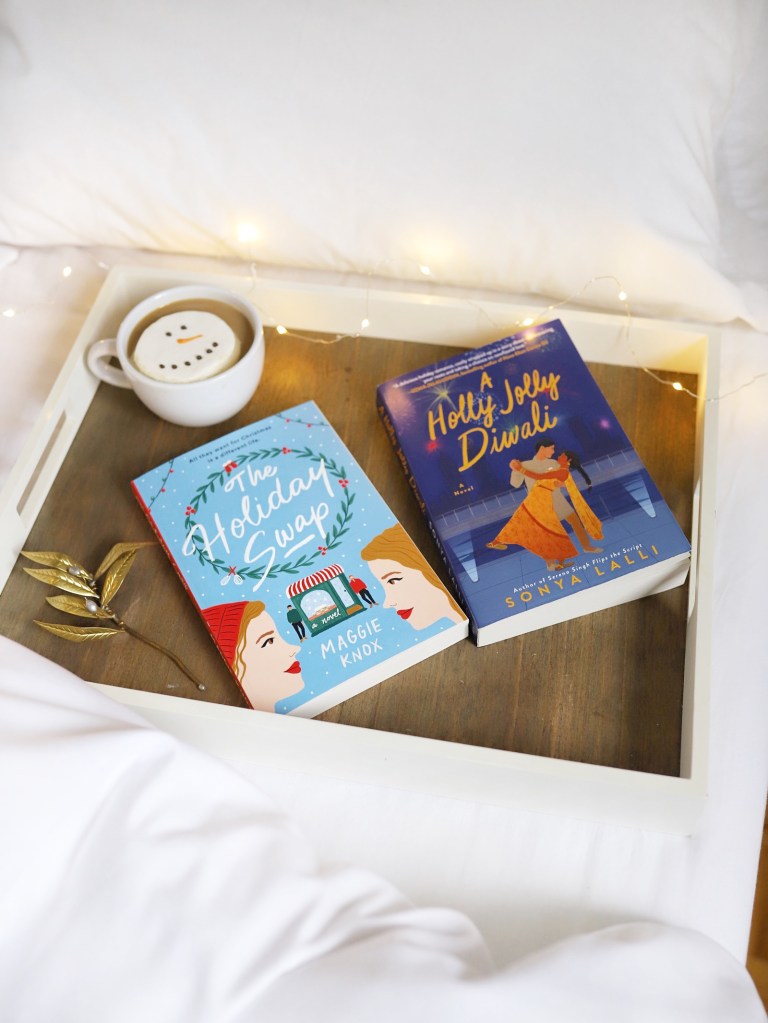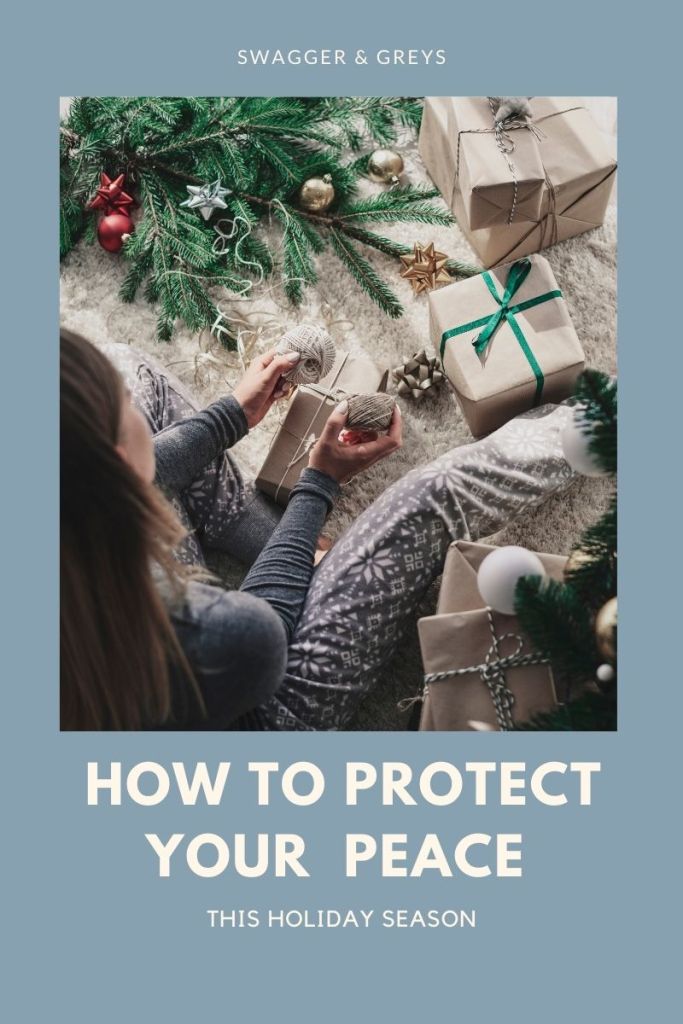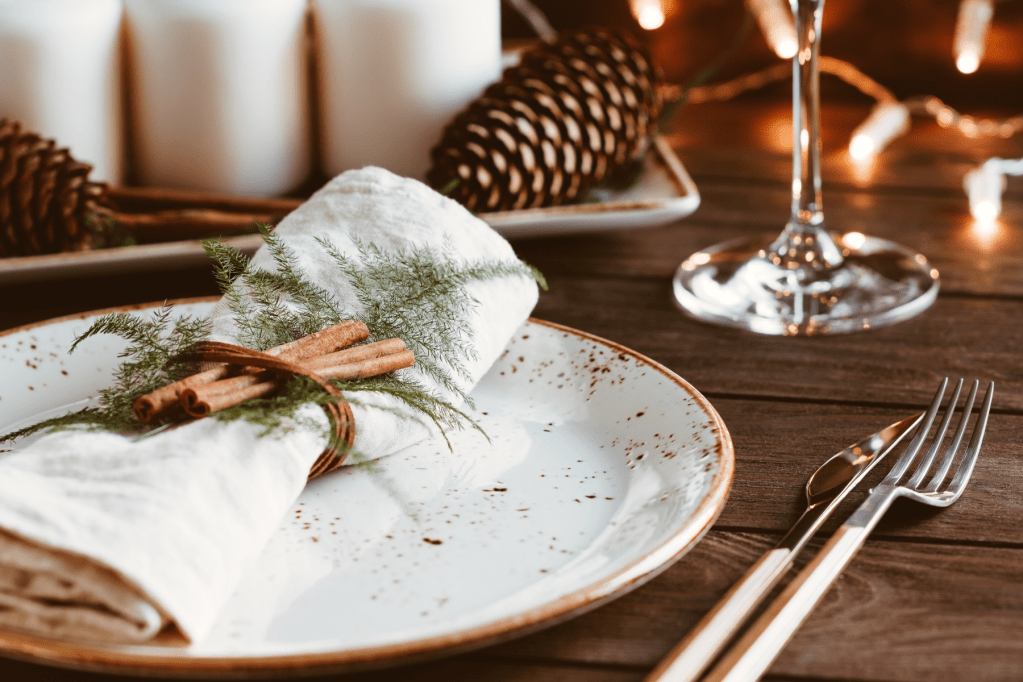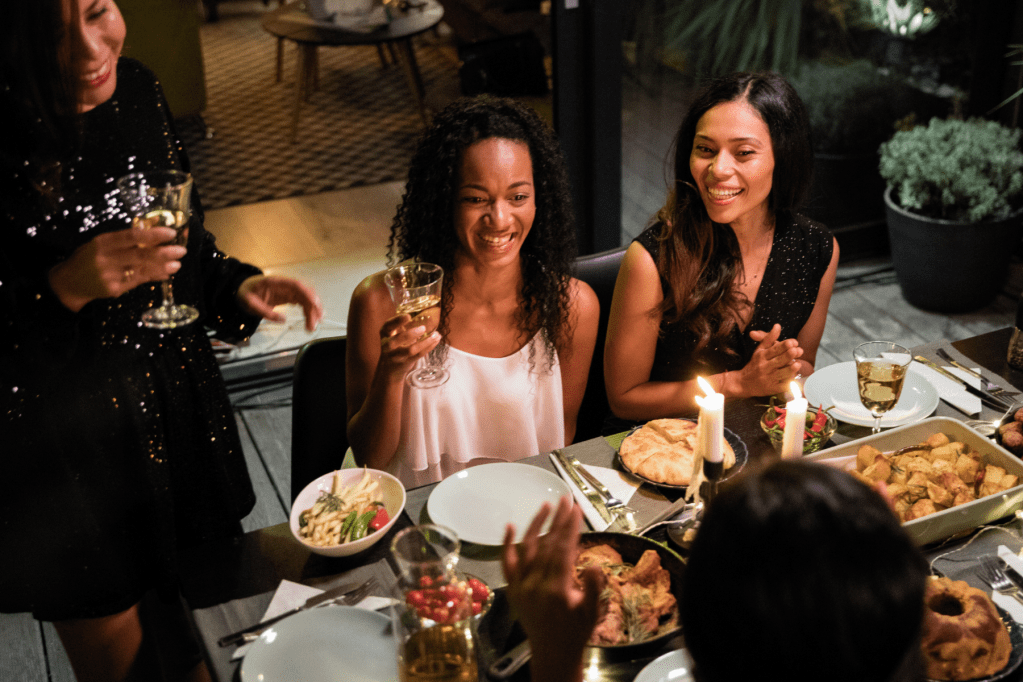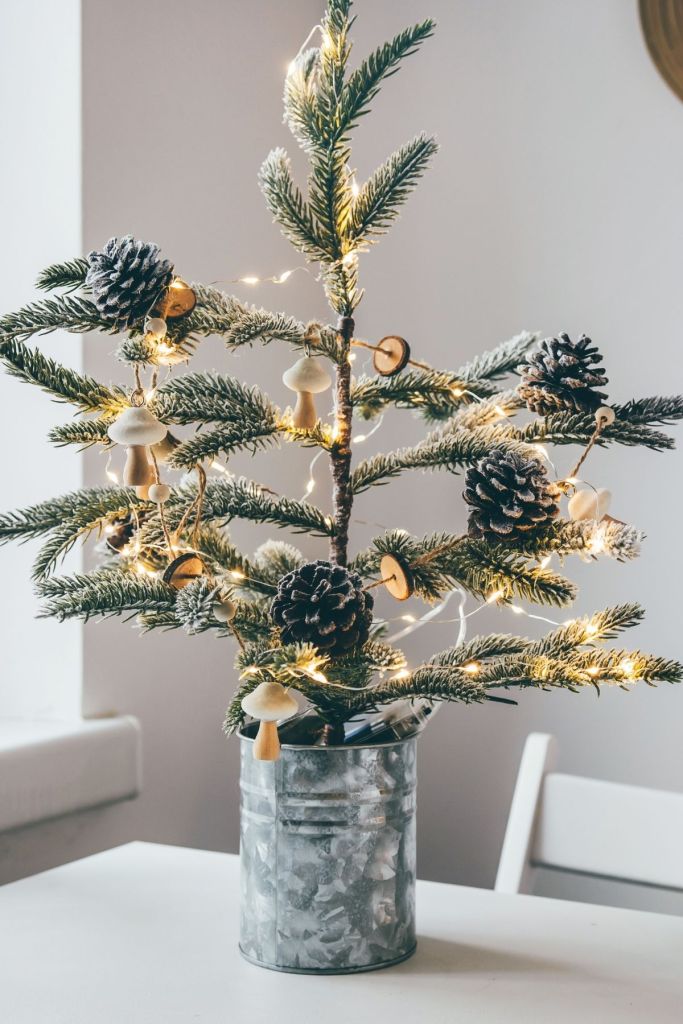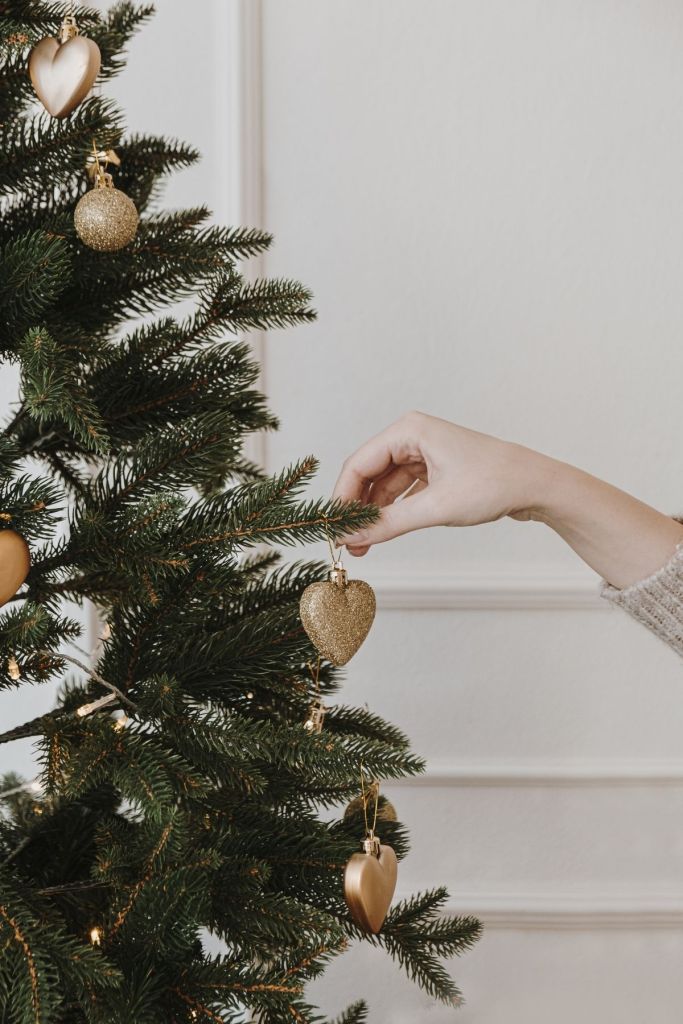*This is post is part of the #UncoverMigraine campaign. All content is mine.
“Dear Migraine Diary, Can you not?!” would be one of the entries in my migraine diary if I kept one. Other entries would include such hits like, “Dear Migraine Diary, WTH?!”; “Dear Migraine Diary, why me?!”; “Dear Migraine Diary, OMG! You’re ruining my life!”; and my personal fave, “Dear Migraine Diary, I Do. Not. Have. Time. For. You!”
June is Migraine Awareness Month and I’m participating in the #Uncover Migraine campaign to help raise awareness about migraines and share some information about my story and migraines and encourage you to share yours
So, what is a migraine?
For those of us who suffer from migraines, they are a constant disruption to our everyday lives and a vibe-killer.
A migraine is a neurological condition that’s worse than a typical headache. Migraines can last from 4 – 72 hours (my migraines can last about 14hrs and I’ve had them last for a few days). Migraines involve “severe throbbing pain or a pulsing sensation, usually on one side of the head and are often accompanied by nausea, vomiting, and extreme sensitivity to light and sound.” Mayo Clinic
Migraines can be debilitating in intensity, severity and duration, with episodic migraines occurring up to 14 headache days each month and chronic migraines, 15 headache days each month (for 3 or 4 months) and accompanied by several symptoms. There are an estimated 2.7 million Canadians who have a migraine diagnosis and I’m sure there are a lot more folks who go undiagnosed as I did for years.
Migraine Headaches: Facts & Migraine Triggers
Let’s play a quick round of “Did You Know?
Did you know Serena Williams, Kristin Chenoweth, Janet Jackson, Lisa Kudrow, Whoopi Goldberg, Ben Affleck, and Hugh Jackman all suffer from? I didn’t know this until recently (my mother told me about Serena.)
Did you know migraines are common and rank as the third most common health condition with one billion migraineurs worldwide?
Did you know there is no cure for migraines? They don’t know the cause, but thankfully, treatment options are available to help manage the pain.
Did you know women are at higher risk of migraine than men? I bet it has to do with hormones. Also, children get migraines.
The Migraine Phases
Why do migraines have to be so dramatic! Migraine attacks typically involve four distinct phases. I only recently learned about these phases, and I’ve had migraines for over 30+ years.
A migraine episode has a beginning phase (prodrome) and middle phase(s) (an aura phase that affects vision and a headache phase that can last several days). And finally, the ‘migraine hangover’ phase (postdrome).
Not everyone will go through all four phases. For example, I have never experienced the flashing lights behind the eyes or vision-related issues that come with the aura phase, while others experience auras every time.
Migraine attacks are unique to everyone and can differ from episode to episode. But for those of us that live with this debilitating illness, we can probably all agree that migraines are brutal.
Migraine Common Symptoms & Triggers
Common migraine symptoms include nausea, vomiting, and hypersensitivity to light, smells and sounds.
Common triggers include:
- Hormonal changes (periods, birth control pills, aging)
- Certain foods (e.g., chocolate, cheese, caffeine, alcohol)
- Weather (changes in temperature/humidity)
- Strong odours (e.g., perfumes, cigarettes)
- Physical factors (e.g., poor sleep, high-intensity workouts)
- Family history/genes
- Stress
The Emotional Side of Dealing with Migraines
One of the things that people who suffer from migraines have in common is the emotional and psychological stress caused. Think about it this disability negatively impacts your quality of life and can result in loss of time with family and friends and from school and work.
A range of emotions accompanies the debilitating physical pain of migraines. Some of these can include frustration, anger, disappointment, guilt, exhaustion and feel sorry for yourself – Why me? Why now? I know I’ve experienced many of those feelings, sometimes all of them during one migraine attack. It can be exhausting.
I’ve gotten migraines at weddings and found myself vomiting in the bathroom. I’ve had to leave work early or take a sick day. I’ve had migraines on vacation and had to bail on dinners with friends. I’ve even had a migraine attack during my mother’s 65th birthday party. I felt terrible, emotionally, each time.
Migraine Treatment
There currently is no cure for migraine – boy, don’t I wish! Despite this there are migraine treatment options available. However, everyone has different symptoms and unique experiences. There are migraine pain management options, for example, a cocktail of medications, acupuncture or BOTOX.
I’ve used a combination of prescription medication, massage therapy, chiropractic treatments and sick days off from work to help manage the severity and duration of my migraines.
FINAL THOUGHTS
With migraines, you can’t trust yourself to be 100% well or relied upon on the days that matter or any given day. You might not go after that promotion, or you might not do things you want to do. The ‘not knowing” and missing out can create anxiety and stress.
Feeling like we are letting people down or not performing at your best at work can negatively impact your self-esteem and self-confidence.
Migraines pose a triple threat to our mental, physical and emotional wellbeing. Given that it impacts so many people worldwide, you likely know someone who is a migraineur.
I hope this post helps deepen your understanding of migraines and what your family members, friends or co-workers might be experiencing.
I want to also encourage you to share your story and speak to your healthcare practitioner to get the facts and right information that is tailored to your needs.
Cheers,
Cassandra McD.

